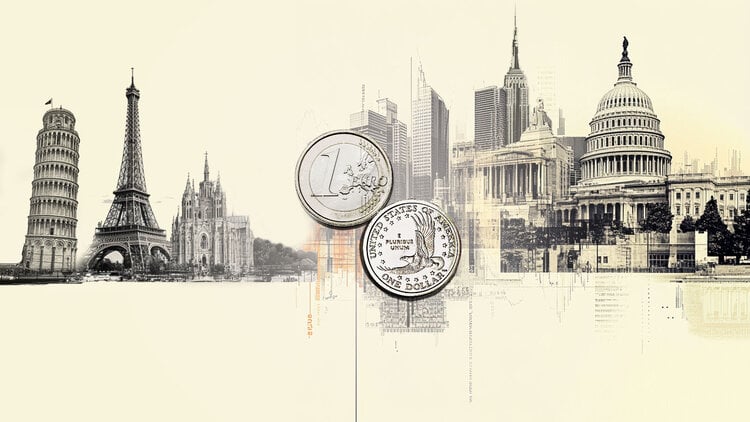- The US dollar fell to its lowest value since March.
- Bets on the Federal Reserve continue to lean in favor of a dovish stance, consequently impacting the USD.
- Strong housing data could not prevent this decline.
On Thursday, the US Dollar as measured by the DXY index saw an extension in its decline below 104.00, despite solid housing data reported during the European session. Factors such as dovish bets on the Federal Reserve and lower US Treasury yields are responsible for putting downward pressure on the USD.
The outlook for the U.S. economy shows signs of disinflation, and markets remain confident of a possible cut in September. Federal Reserve officials continue to be hesitant to rush into cuts and maintain a data-dependent approach, but appear to put a July cut on the table.
Market moves in daily summary: DXY retreats, housing data fails to help struggling USD
- Housing starts data for June showed a 3% improvement, reaching 1.35 million units.
- According to data released by the U.S. Census Bureau on Tuesday, this figure follows a 4.6% decline recorded in May.
- Building permits showed a 3.4% increase after a 2.8% drop in the previous month.
- Thomas Barkin, president of the Richmond Federal Reserve, suggested that discussion at the July policy meeting will likely include whether it is still appropriate to describe inflation as elevated, Reuters reported.
- According to the CME FedWatch tool, a rate cut in September appears to be priced in, which put downward pressure on the USD.
DXY Dollar Index Technical Outlook: DXY Bearish Outlook Remains, Minor Upside Correction Possible
Despite the drop, the DXY is struggling to reclaim the 104.00 area. Although daily indicators including the RSI and MACD are well below 50, pointing towards a near oversold condition, the DXY could see a slight correction.
Strong supports are found at the 103.50 and 103.00 levels. However, the overall technical outlook remains bearish.
The U.S. dollar
The United States Dollar (USD) is the official currency of the United States of America, and the de facto currency of a significant number of other countries where it is in circulation alongside local banknotes. As of 2022, it is the most traded currency in the world, accounting for over 88% of all global foreign exchange transactions, equivalent to an average of $6.6 trillion in transactions per day. Following World War II, the USD took over from the British Pound as the world’s reserve currency.
The single most important factor influencing the value of the US dollar is monetary policy, which is determined by the Federal Reserve (Fed). The Fed has two mandates: to achieve price stability (control inflation) and to promote full employment. Its main tool for achieving these two goals is to adjust interest rates. When prices rise too quickly and inflation exceeds the Fed’s 2% target, the Fed raises rates, which helps the dollar. When inflation falls below 2% or the unemployment rate is too high, the Fed can lower interest rates, which weighs on the dollar.
In extreme situations, the Federal Reserve can also print more dollars and enact quantitative easing (QE). QE is the process by which the Fed substantially increases the flow of credit in a jammed financial system. It is an unconventional policy measure used when credit has dried up because banks are not lending to each other (for fear of counterparty default). It is a last resort when simply lowering interest rates is unlikely to achieve the necessary result. It was the Fed’s weapon of choice to combat the credit crunch that occurred during the Great Financial Crisis of 2008. It involves the Fed printing more dollars and using them to buy US government bonds, primarily from financial institutions. QE typically leads to a weakening of the US dollar.
Quantitative tightening (QT) is the reverse process whereby the Federal Reserve stops buying bonds from financial institutions and does not reinvest the principal of maturing securities in new purchases. It is generally positive for the US dollar.
Source: Fx Street
I am Joshua Winder, a senior-level journalist and editor at World Stock Market. I specialize in covering news related to the stock market and economic trends. With more than 8 years of experience in this field, I have become an expert in financial reporting.







